The Barbican. A showpiece of urban development from the Seventies, brutalist architecture in concrete that has aged to a depressing dirty grey, a warren of walkways and underpasses joining tower blocks and cultural quarters. Having grown up in what East Germans nicknamed “silos for souls” or “lockers/ deposit boxes for the labouring classes” I have a deep-seated aversion against concrete and tower blocks in particular, especially those from the 1970s and 80s.
My first foray into the Barbican several years ago did everything to confirm my view that if bad luck should ever condemn me to having to live in a place like that, surely the least suffering to be had was by jumping from the window ledge. It had been a dreary, bleak winter's day, I was with a buggy and I could not even find access as – deliberately – there are only a few entry points to the Barbican (clue is in the name) and most walkways are above street level.
The Barbican’s Conservatory (visible in the centre-background of the picture above) was part of the original plan and a clever means to visually disguise the concrete structure of what was then Europe’s largest fly tower, housing the scenery for productions in the Barbican’s theatre (the stage being six storeys below). It basically wraps itself around this tower. What a lovely idea! From the outside, the glass structure obscures it while inside the walls are hidden behind a series of balcony-like walks and climbing plants.
It wasn't a quiet escape though. I don't know whether it is like that every Sunday - for Sundays are the only days the Barbican's Conservatory is open to the general public - or whether it was down to throngs of chance visitors who really came for the last day of the Basquiat exhibition in the gallery next door, but the place was packed. As entry is free, it certainly makes a nice add-on to any cultural event; on some Sundays you even can have afternoon tea in there.
It occurred to me that here was the perfect place for all these trendy people newly enamoured with cacti and succulents as houseplants. Most of the plants are labelled. So here the new houseplant fans buying their prickly charges in pots an inch or two wide could come and see what well-grown and -looked after specimens might look like a few decades down the line. There certainly were lots of people taking pictures, presumably to post on Instagram. At one point, crowds in the Arid House were so thick there was no standing room left. It may have helped that there were some really showy Cymbidiums in bloom, too, these orchids enjoying the same cooler temperatures afforded to the succulents compared to the rest of the Conservatory.
All in all, it's a nice stroll if you are in the area and - unlike Kew - it's free. Though unlike Kew, I wouldn't make a big detour to see it. Yes, I know - this comparison is unkind and unfair to both places. And I really only mention it because a leaflet about the Barbican's Conservatory claims it is the "second largest of its kind in London - covering 23,000 sq feet" - though I am left wondering whether the second largest conservatory in London, which I doubt, or the second largest wrapped around a fly tower (which I also doubt as I do not know of another one).
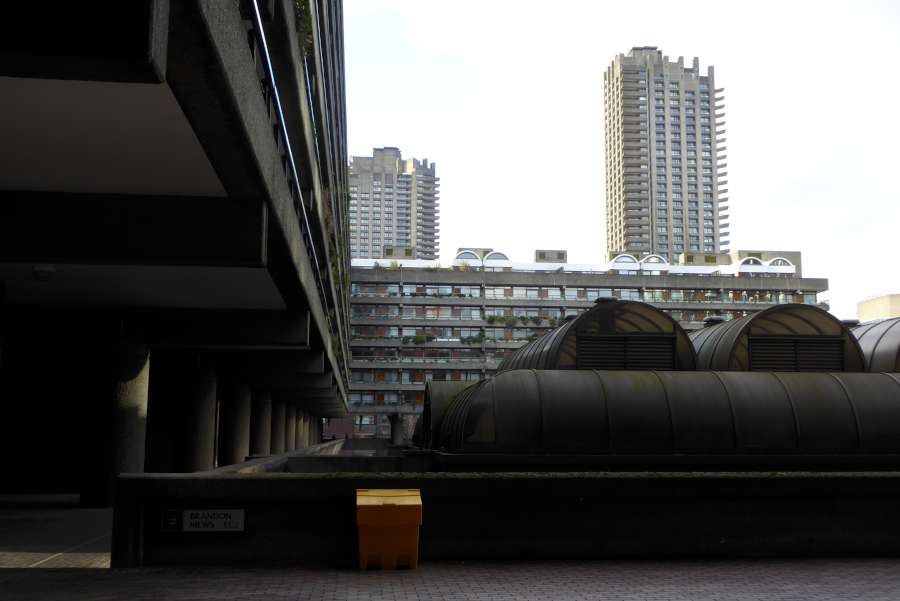
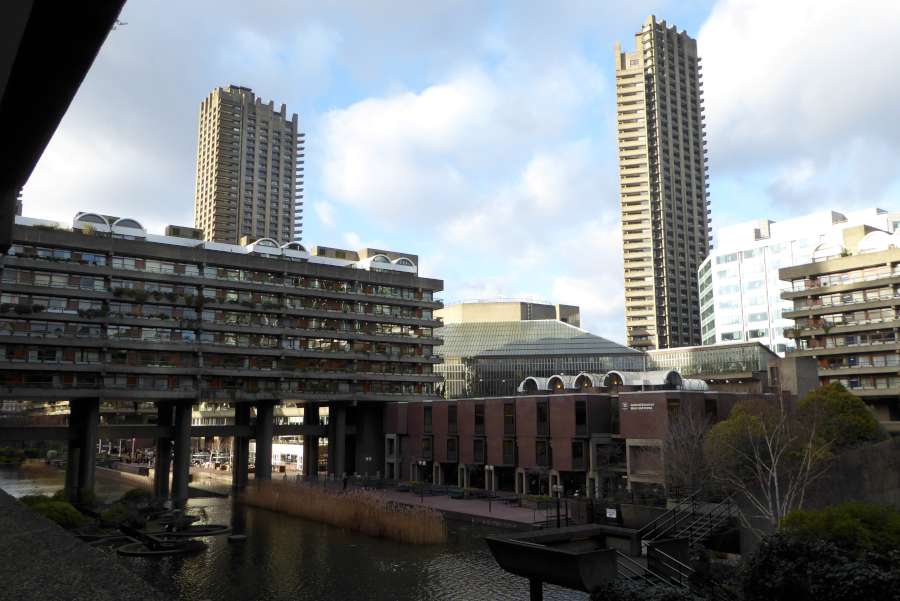
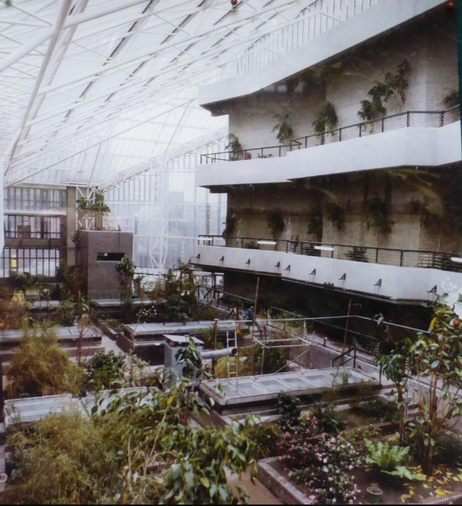
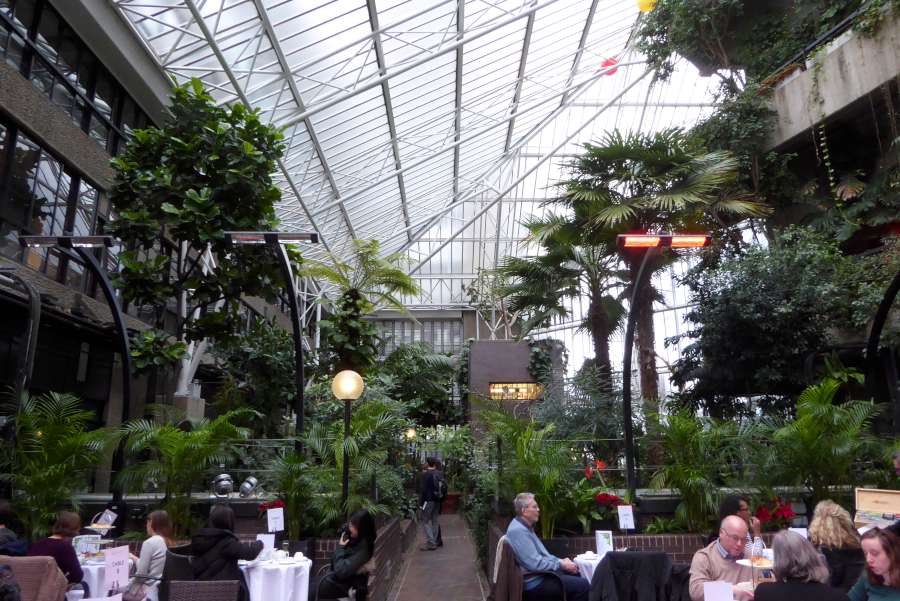
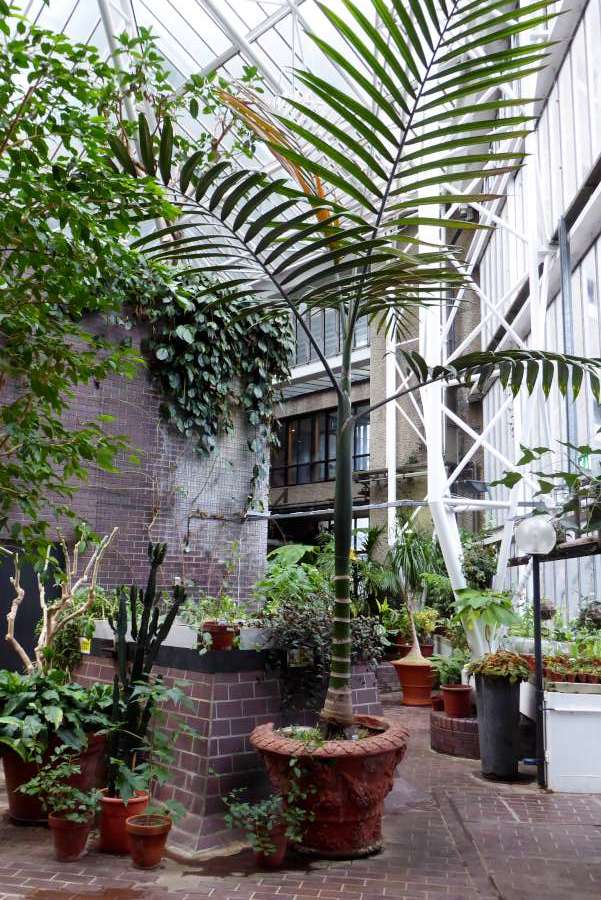
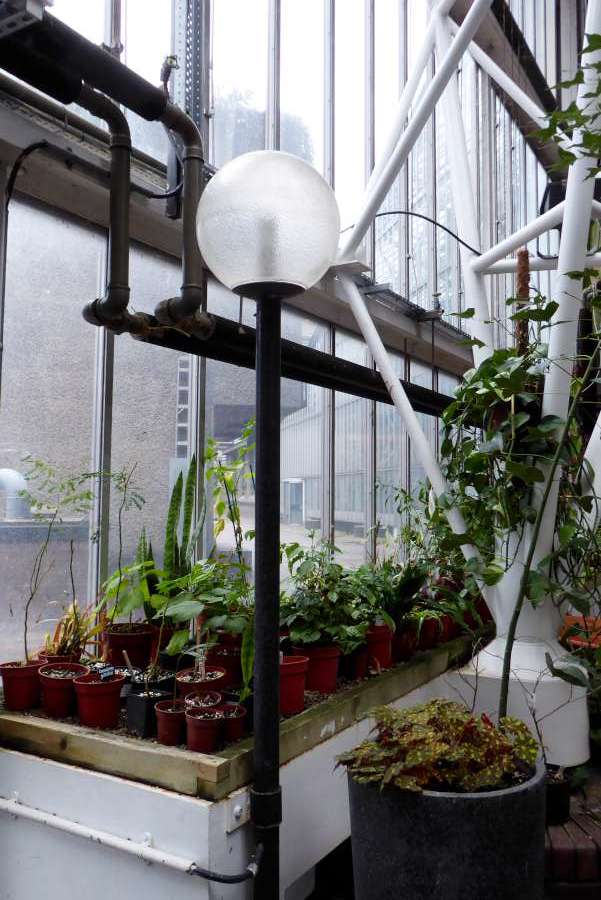
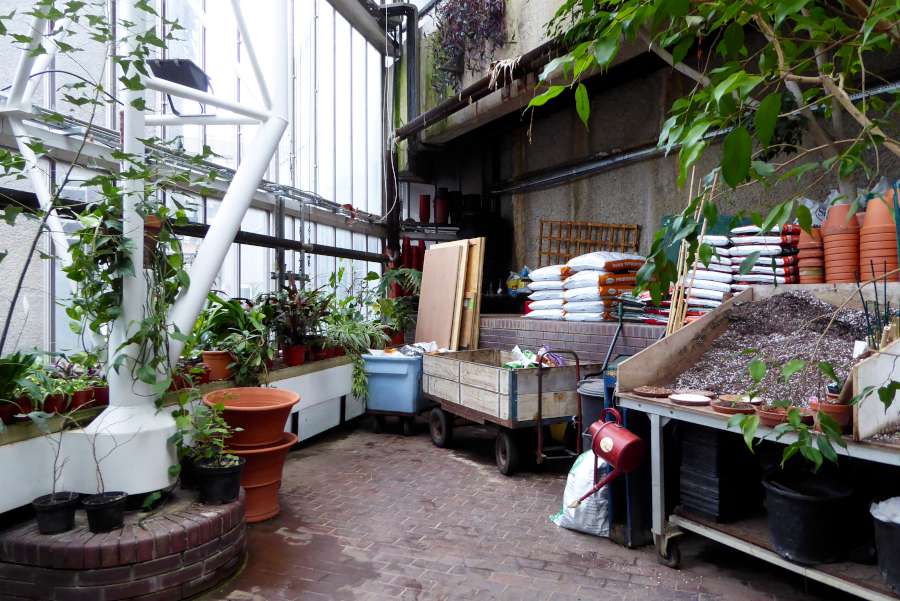
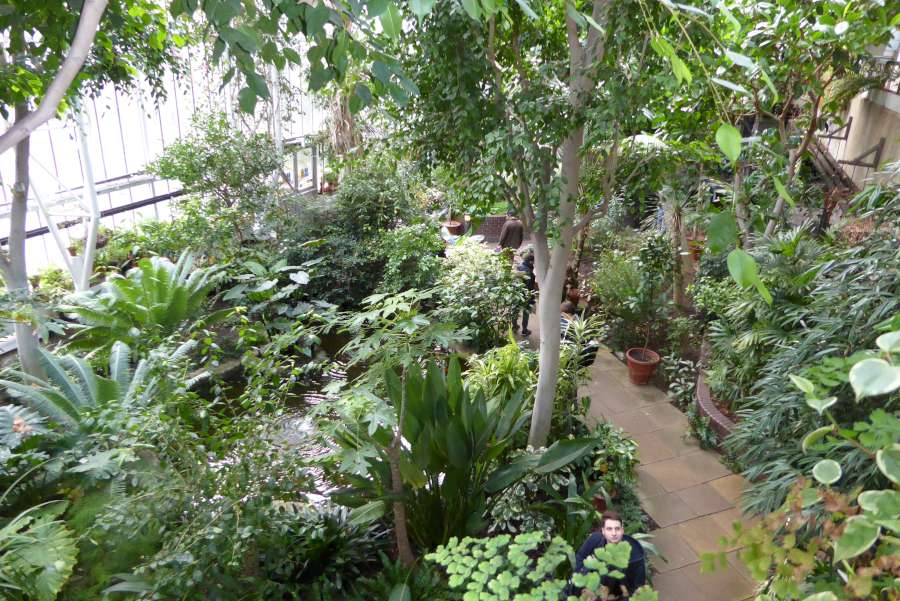
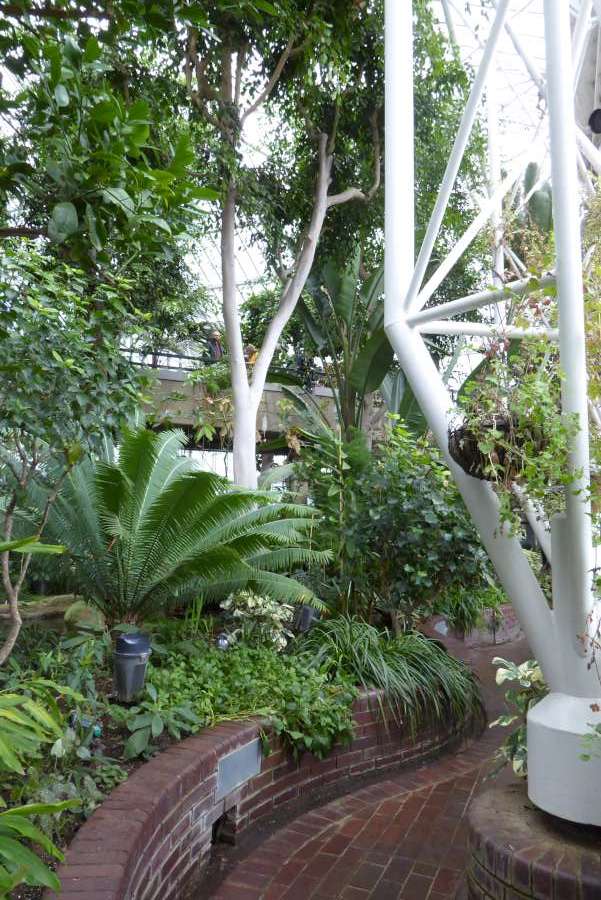
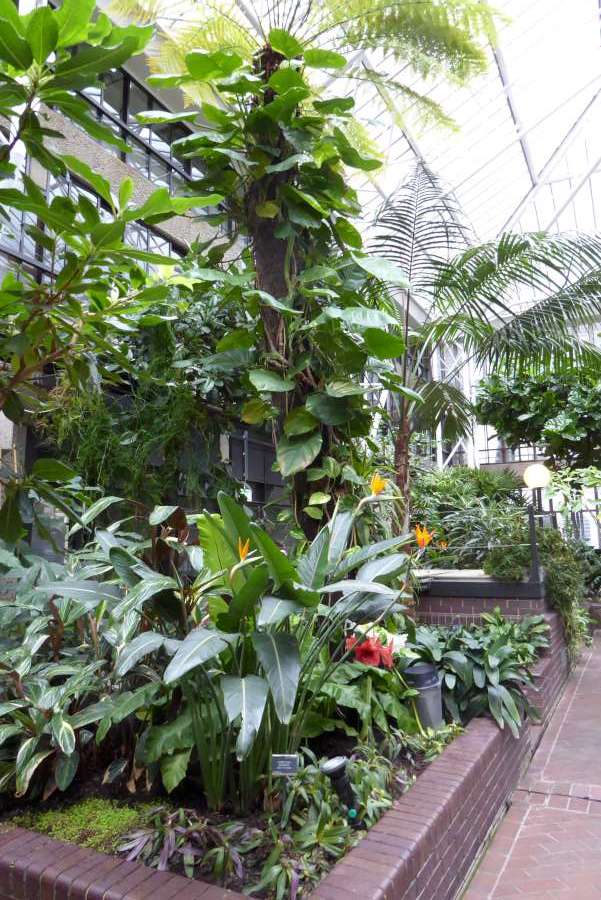
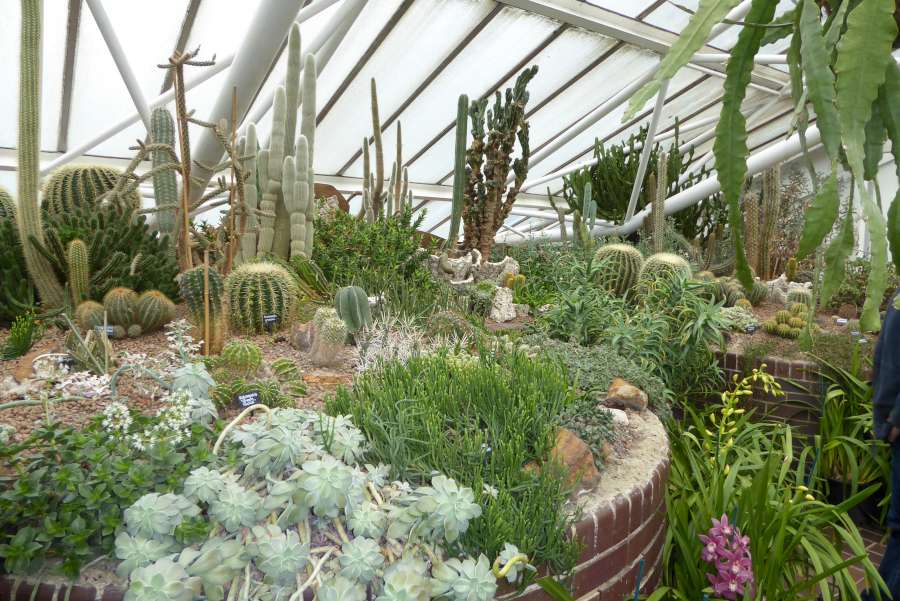
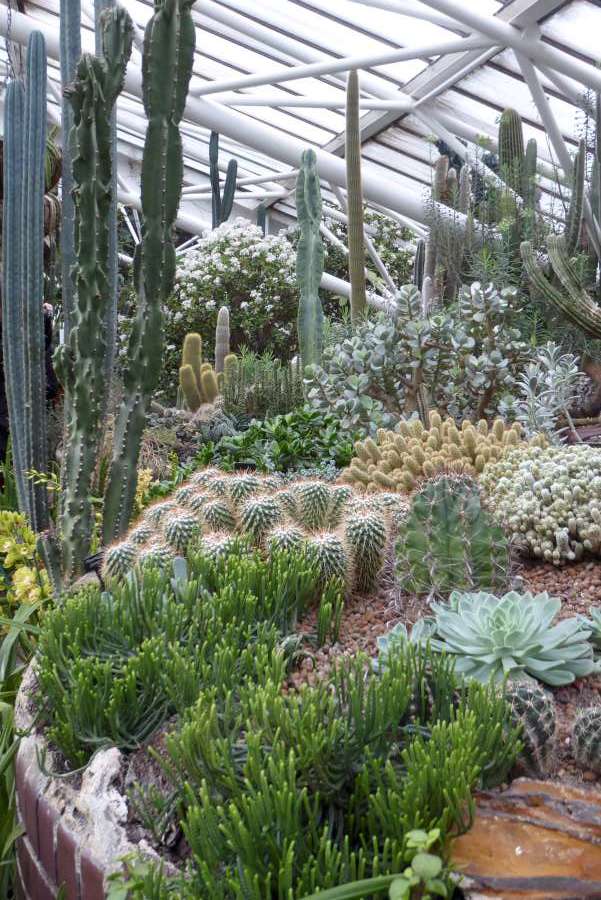


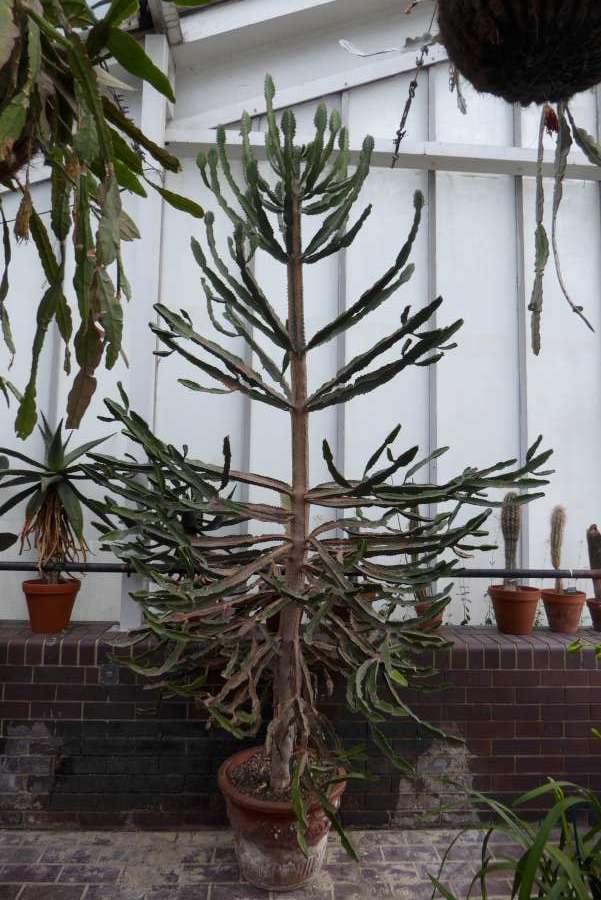
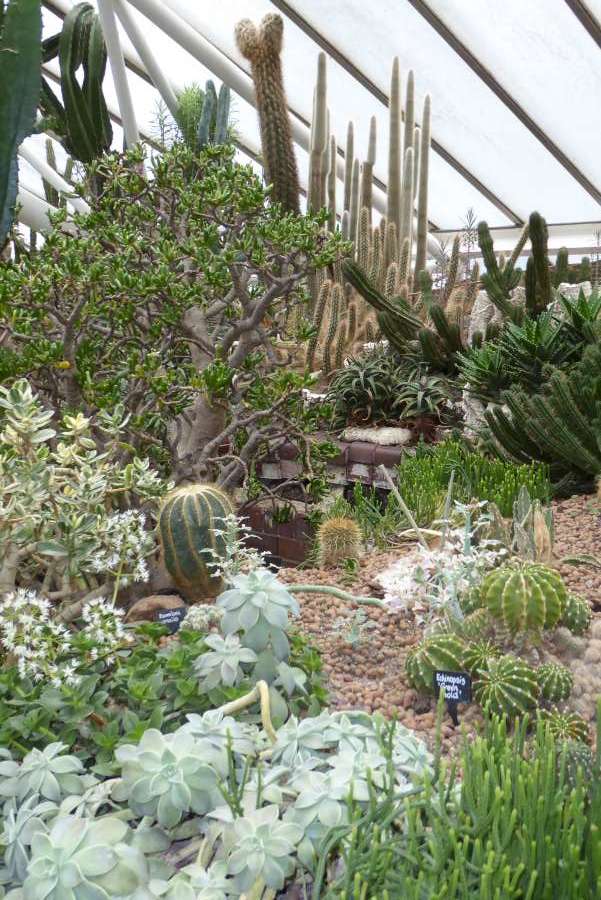
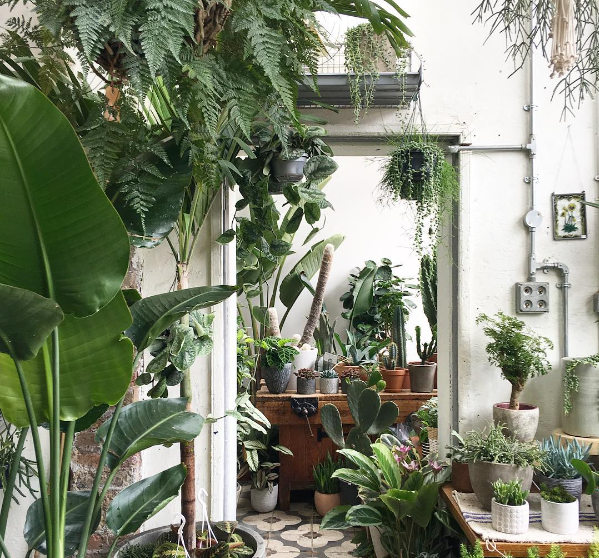
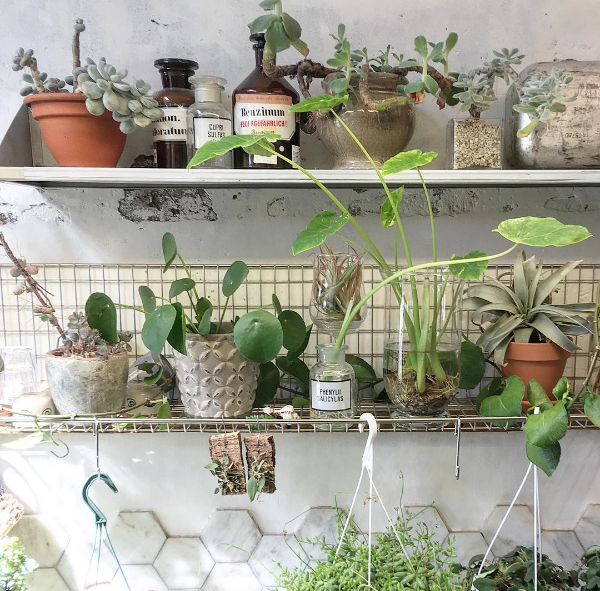
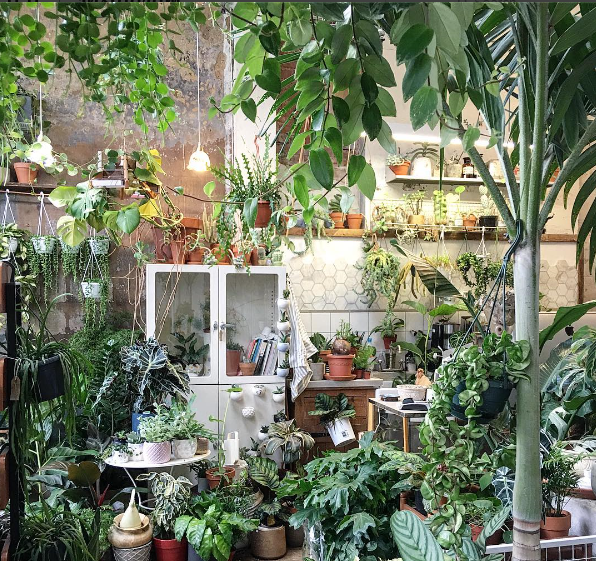
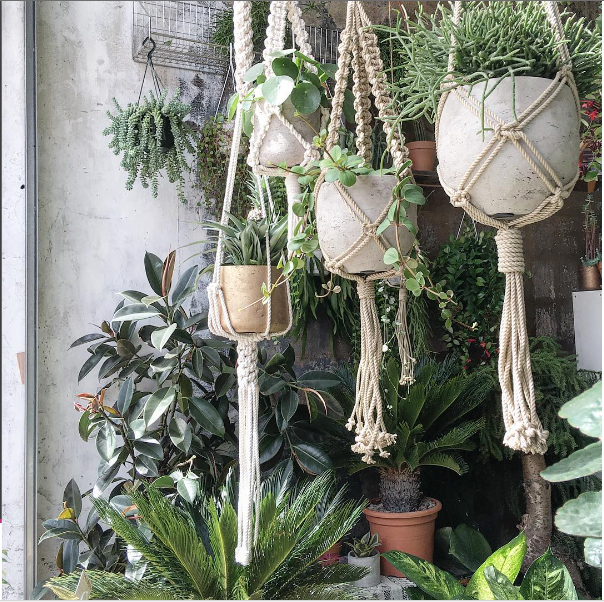
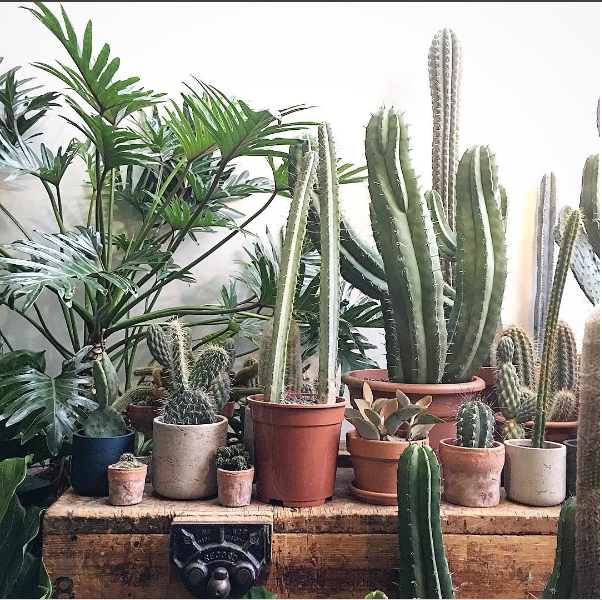
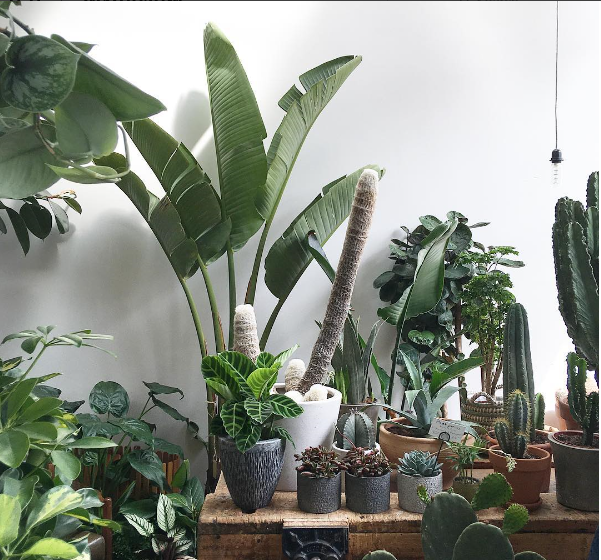
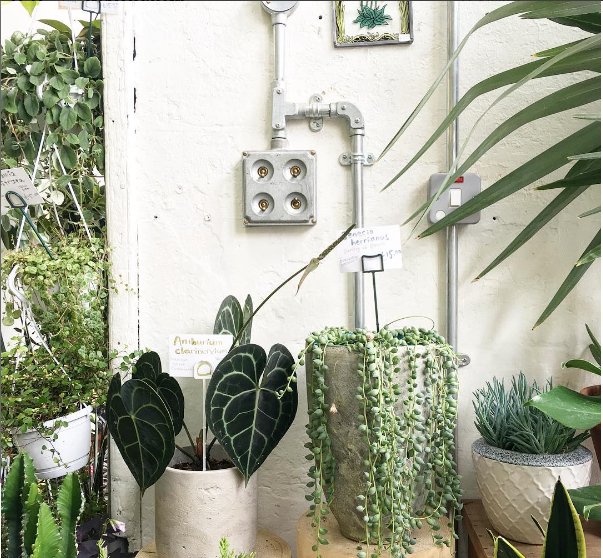
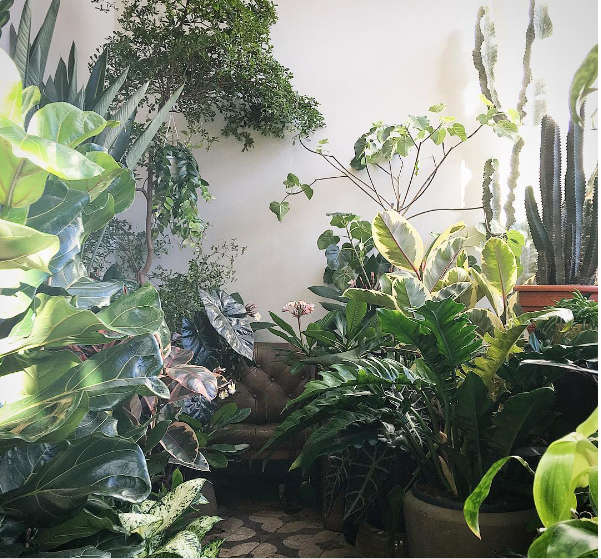
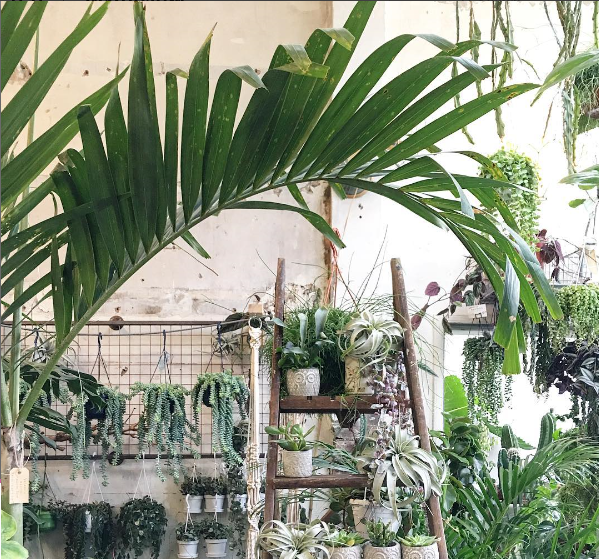
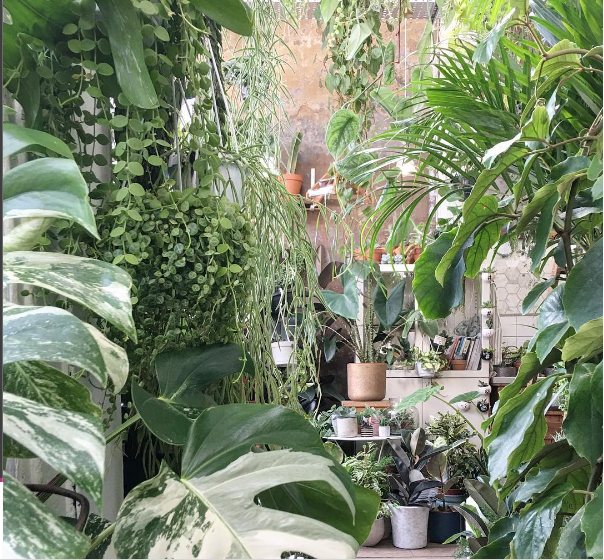
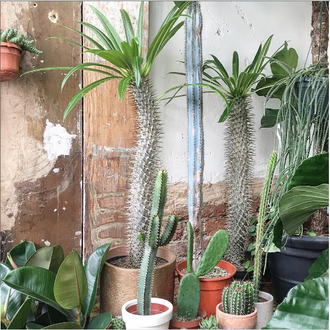

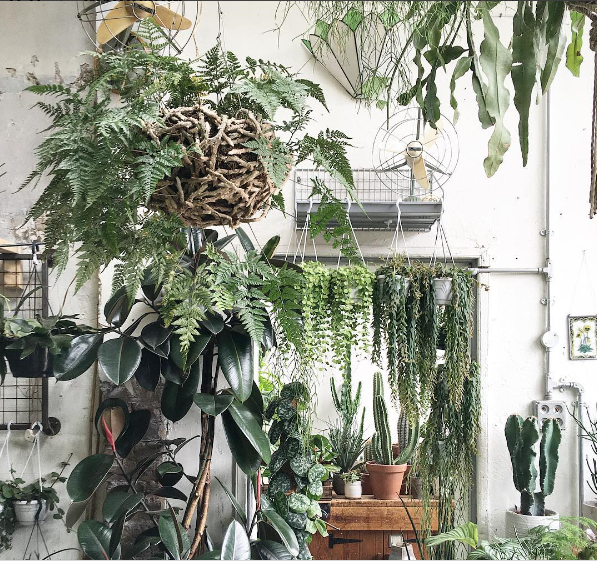
 RSS Feed
RSS Feed